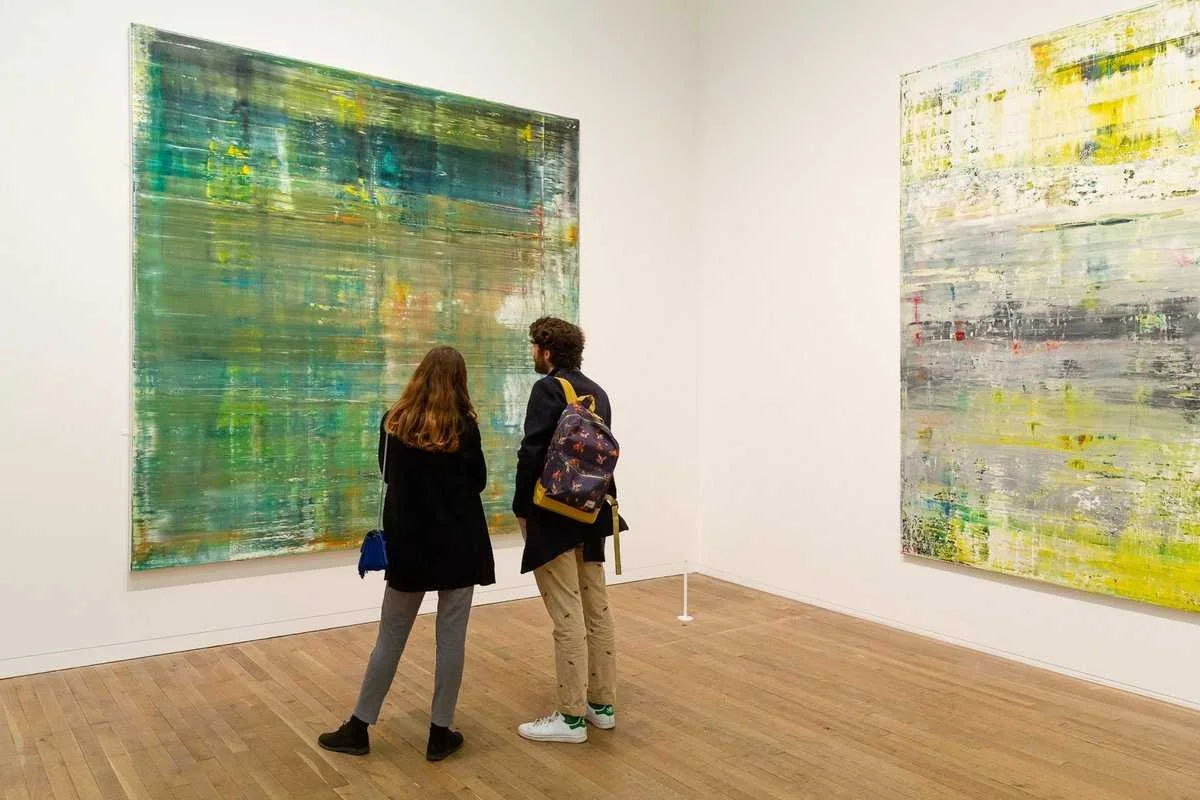The Potency of Art
I’m sure you’ve encountered the statement “I don’t know anything about art but I know what I like.” Maybe you’ve even said it yourself. The truth is, understanding art or even liking it isn’t necessary to experience its power.
Art's true potency lies in its ability to evoke a response, whether positive or negative. Engaging with a painting or any other form of art invites us to connect with our emotional depth. Simply reacting to a piece means it has succeeded in reaching us on a deeper level.
Because art bypasses the logical mind, it speaks directly to our emotions, often evoking responses that words cannot. An artwork can evoke a visceral feeling—joy, sorrow, horror, confusion, awe—simply through its colours, composition, or textures. This emotional experience connects us to our inner world, allowing us to explore feelings we may not have been consciously aware of. In this way, art serves as a mirror, reflecting back our emotional states and encouraging us to engage more deeply with our own emotional landscape.
In my workshops, I present three pieces of ambiguous art to the group and ask them to share how each piece makes them feel. It’s always interesting to discover the broad spectrum of emotions that emerge. Here is a list of feelings that one particular artwork evoked within the group:
worried, lonely, uncomfortable, icky, curious, confused, unsettled, uneasy, happy, sad, angry, calm, weird, cosy, intimate, comforted, cold, warm, love, intrusive, edgy, unclean, gross, safe, nostalgic.
What's interesting is that when these deeply contrasting emotions are shared, the group can easily see how others might have different emotional responses to the same piece.
Art often doesn’t provide clear answers, which challenges our cognitive patterns, inviting us to sit with ambiguity, explore diverse perspectives, and tolerate the unknown—all skills that are essential for creative problem-solving and emotional resilience.
When we engage with a piece of art that resists easy interpretation, we stimulate areas of the brain responsible for handling uncertainty and complexity. Some of the most celebrated and controversial artists have tapped into this power, creating work that pushes boundaries and forces viewers to confront their own beliefs and emotions.
Provoking contrasting reactions—whether soothing or unsettling—reveal art’s power to connect us to our emotions and open us up to a more flexible, expansive way of thinking.
If you’re currently feeling a bit stuck, try paying a visit to an art gallery and let the paintings stir your thoughts and emotions - without you having to do anything but look and feel.
Image source: https://www.tate.org.uk/


